Roman antiquities in Tarragona (2)
I would advise you to start your tour around the circus by going up the staircase, reserving in this way the best part for the end. The inside of the great tower of the Pretori, indeed, does not offer elements of exceptional interest except from a couple of fine archeological findings which are exhibited in the wide bare stone rooms. You will find a visit to the terrace on the top of the building much more to your taste, as it offers a wonderful view on the whole city: on the one side the Cathedral standing out against the sky, over the narrow streets of the medieval district, on the other the seascape and the amphitheatre.
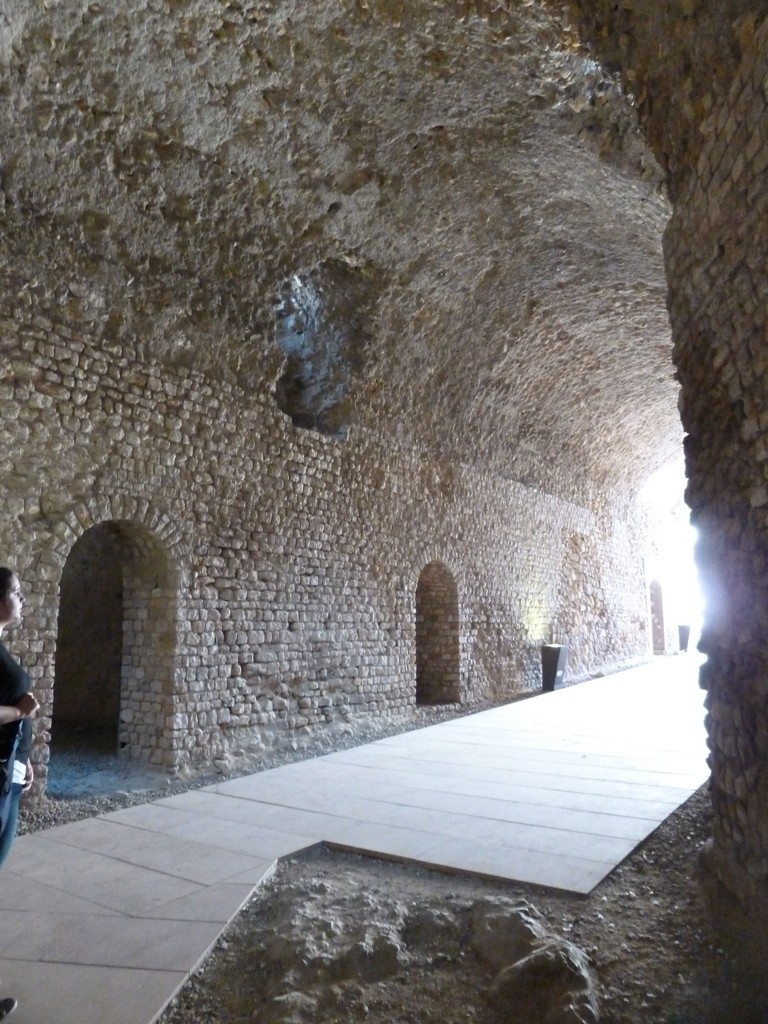
Anyway, the best is yet to come: back to the ground floor, we literally visited the underground one, that is the basement of the old Roman circus, where the horse-drawn chariot races usually took place. Walking through the low and dark tunnels is like undertaking a time travel back to the Roman age: you will feel like a real auriga (the charioteer) getting ready to go out and steer his biga (the chariot) as fast as possible, as in the milestone film Ben Hur. Unfortunately, it is now possible to see just a small part of the outer part of the arena, which was discovered in recent years under the basement of modern buildings. At any rate, the circus is one of the best preserved of Europe, and a tour for the tunnels is really unmissable. Although, please note that, being in a sort of dungeon, the atmosphere will be quite stale and the oxygen quite scarce.
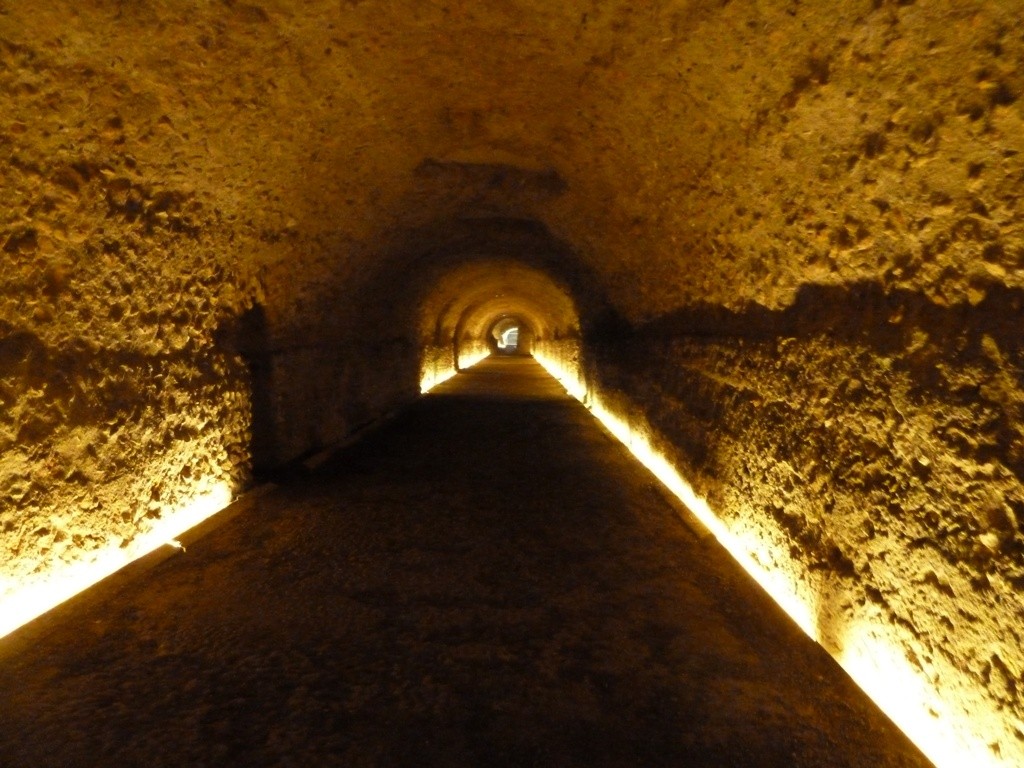
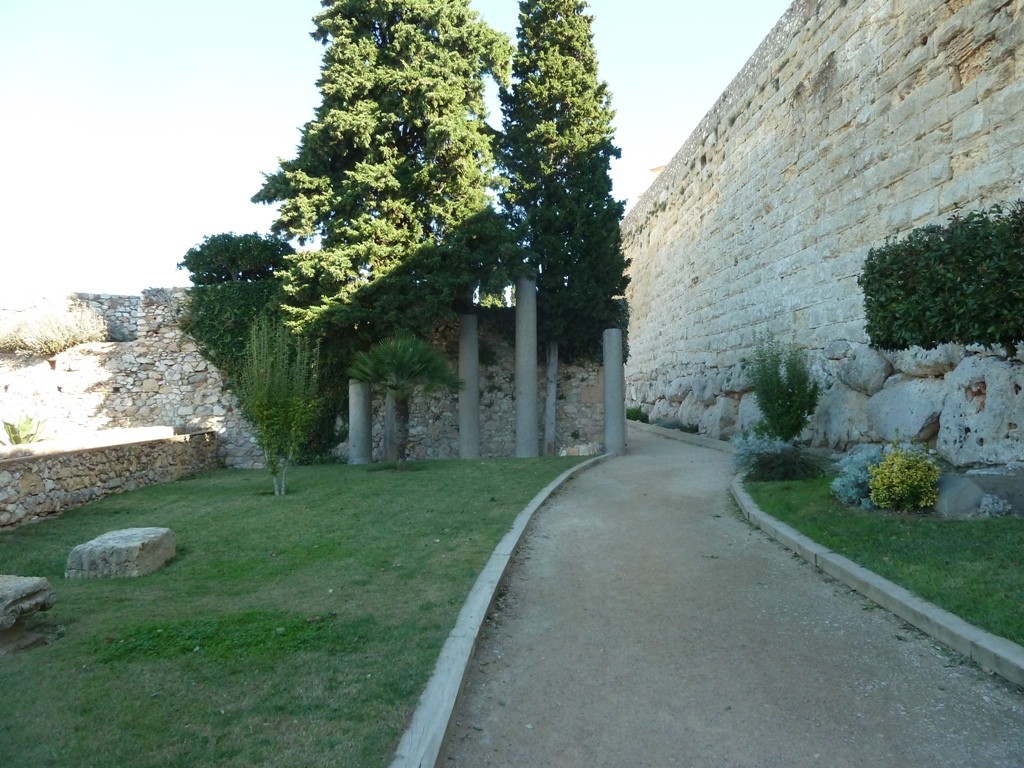
In order to recover from the underground tour, we went through the city centre, taking a glance at the cathedral from distance and heading for the Passeig Arqueologic, a pleasant walk along the mighty walls surrounding the city. These walls date back to the II century B. C., when the Romans decided to fortify Tarraco, the city which would become the capital city of the province called Hispania. The promenade is livened up not only by the well-conserved bastions, but also by the nice view of the city. After this enjoyable walk among historical landmarks, we ended up in a square right behind the cathedral, ready to start a new kind of tour for the narrow streets of the centre.
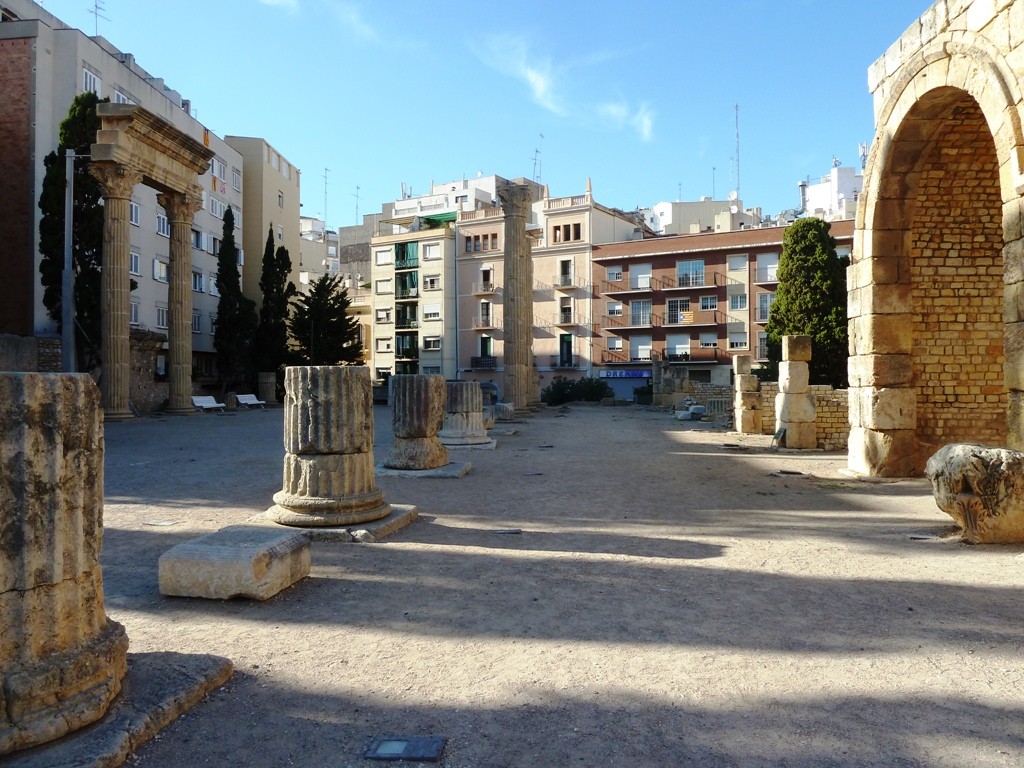
However, there is at least one Roman landmark missing, which you will be able to reach with a short walk. Back towards the station, indeed, we visited the Roman Forum, or rather its modern reconstruction. In an open space surrounded by modern buildings, indeed, are exposed the ruins of the old forum, the core of the city life. Well preserved columns and the arcs of the old basilica stand in deep contrast with the surrounding environment, but all things considered the site is quite interesting.
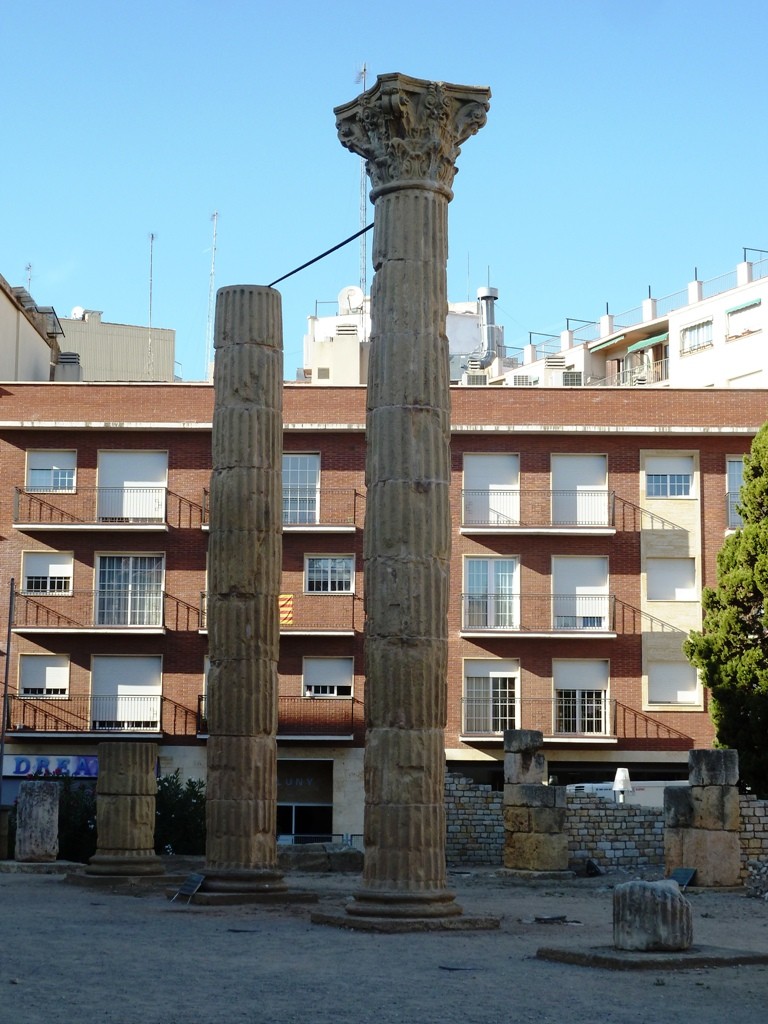
Upon the whole, therefore, we found the visit to the ancient Tarraco quite fascinating and enjoyable. Just take into consideration some advice if you are planning to go: keep an eye on the weather forecast (rainy days are so infrequent in Tarragona that it would be a pity to go right in one of them), purchase the convenient ticket offered by the tourist office to visit the sites described (Museu d'Historia de Tarragona, 10 euro, 5 for students) and finally...be prepared to the striking contrast between the archeological finds and the urban 19th and 20th centuries buildings in places like the Forum and the Circus.
Photo gallery
Content available in other languages
Share your Erasmus Experience in Tarragona!
If you know Tarragona as native, traveler or as exchange student... share your opinion on Tarragona! Rate different characteristics and share your experience.
Add experience →




















Comments (0 comments)